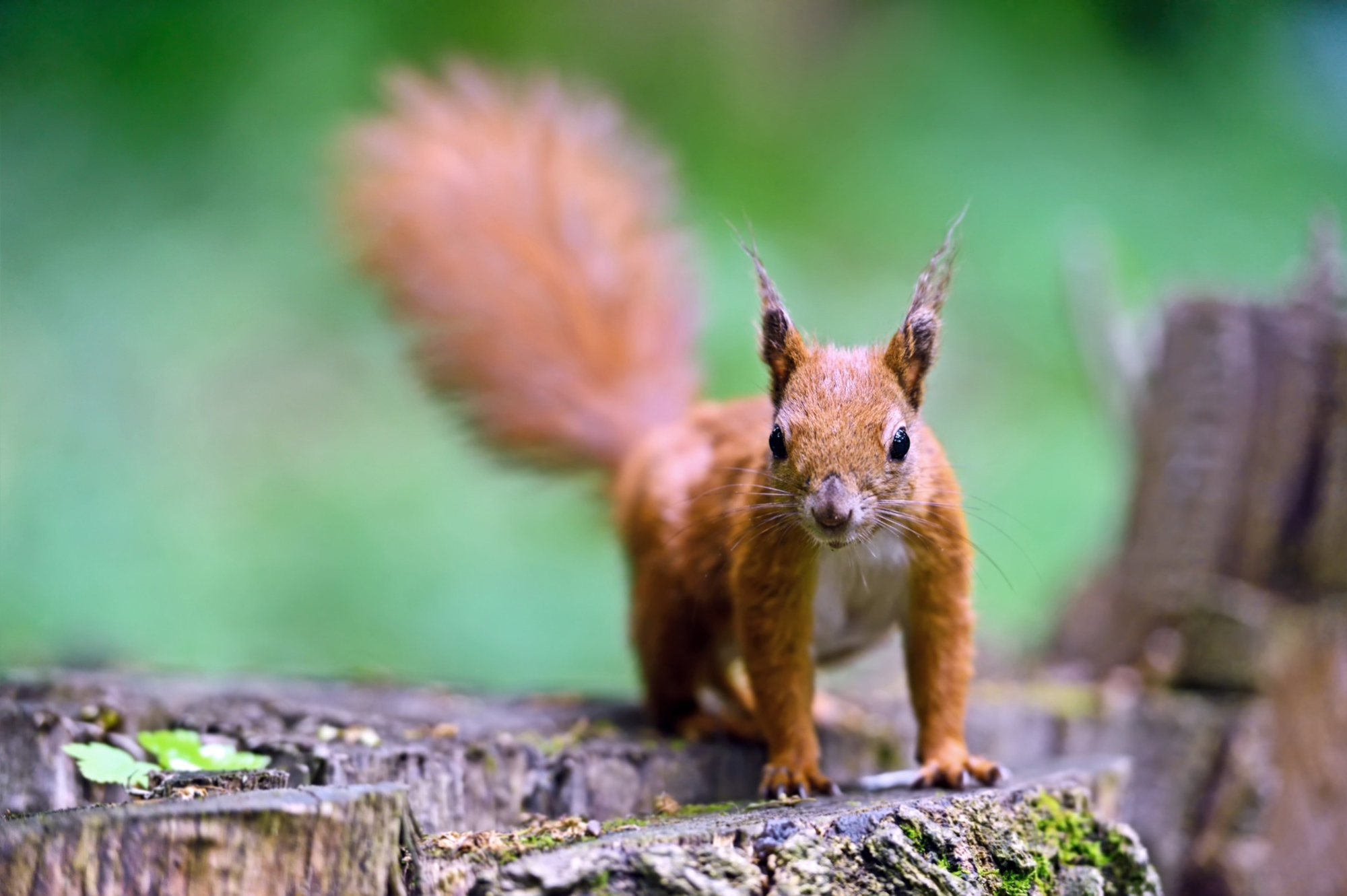

According to some scientists, mammals are currently the most dominant species on planet Earth. They have hair, give birth to live young, and produce milk for their offspring, and scientists are beginning to better understand how mammals like us became so powerful. There also isn’t a lot known about our extinct common ancestor. Every mammal from the tiny mouse to loyal dogs to the big blue whale are related genetically. But what did this important keystone species eat or look like? A study today in Proceedings of the National Academy of Sciences is revealing some new clues about our common ancestor locked inside the animal’s genome.
The international team of researchers looked at high-quality genome sequences from 32 living species, including humans, chimps, wombats, rabbits, manatees, domestic cattle, rhinos, bats, and pangolins to create a computer model of what the first mammal’s genome might have been like. These sequences represented 23 of the 26 known orders of mammals. In Linnaean taxonomy, the way to classify living things developed by Swedish botanist Carlous Linnaeus, all living things are divided into three kingdoms (plants, animals, and minerals), and then subdivided into classes, orders, genuses, and species. As a comparison group, the analysis included the genome sequences of chickens (birds) and Chinese alligator (reptile).
[Related: Mammals’ ears may hold the secret to warm-bloodedness.]
The ancestor possibly looked similar to the rat-like Morganucodon, one of the first mammals that weighed only a few ounces and lived about 200 million years ago.
According to Joana Damas, first author on the study and a postdoctoral researcher at the UC Davis Genome Center, the team peered back through time and reconstructed the genome based on the similarities found in the genomes of modern day mammals. Their reconstruction showed that the mammal ancestor had 19 autosomal chromosomes plus two sex chromosomes. The autosomal chromosomes control the inheritance of an organism’s characteristics except the ones controlled by the sex-linked chromosomes. In most cells, the sex-linked chromosomes are paired (an X and a Y for male and an XX for females). Based on this new genome construction, the first mammal had 38 total chromosomes, compared to humans with 46 pairs.
“We can confirm that it had an X chromosome, but we are not sure about Y because we could not reconstruct it due to data limitations. There are other possible configurations for sex chromosomes,” Harris Lewin, distinguished professor of evolution and ecology at the University of California, Davis, and senior author on the paper, explains to Popular Science. “It is likely based on marsupial and montreme karyotypes [an individual’s complete set of chromosomes], that the ancestor also had a Y chromosome.”
The team also identified 1,215 blocks of genes that consistently occur on the same chromosome and in the same order across all 32 genomes used in the study.
“Our results have important implications for understanding the evolution of mammals and for conservation efforts,” Lewin said in a statement.
Additionally, the team found nine whole chromosomes within the mammal ancestor whose genes were placed in the same order as the chromosomes of present day birds. “This remarkable finding shows the evolutionary stability of the order and orientation of genes on chromosomes over an extended evolutionary timeframe of more than 320 million years,” Lewin added in a press release.
[Related: The fight to save America’s most endangered mammal.]
In contrast, regions between these conserved blocks had more repetitive sequences and were more prone to breakages, rearrangements, and sequence duplications. These changes are major drivers of genome evolution.
“Ancestral genome reconstructions are critical to interpreting where and why selective pressures vary across genomes. This study establishes a clear relationship between chromatin architecture, gene regulation, and linkage conservation,” said William Murphy, a professor of evolutionary biology at Texas A&M University, in a press release. “This provides the foundation for assessing the role of natural selection in chromosome evolution across the mammalian tree of life.” Murphy was not an author on the paper.
The researchers followed the ancestral chromosomes forward in time from the common ancestor up to the present day and found that the rate of chromosome rearrangement differed between mammal lineages. For example, in the lineage that lead to our modern cattle, sheep, and deer (called ruminants) there was an acceleration in rearrangement in chromosomes 66 million years ago, when an asteroid impact killed off the dinosaurs. This mass extinction event led to the rise of mammals as Earth’s dominant species.
Going forward, the results of this study will help scientists better understand the genetics behind the adaptations that have allowed mammals to thrive on an ever changing planet over the last 180 million years.
